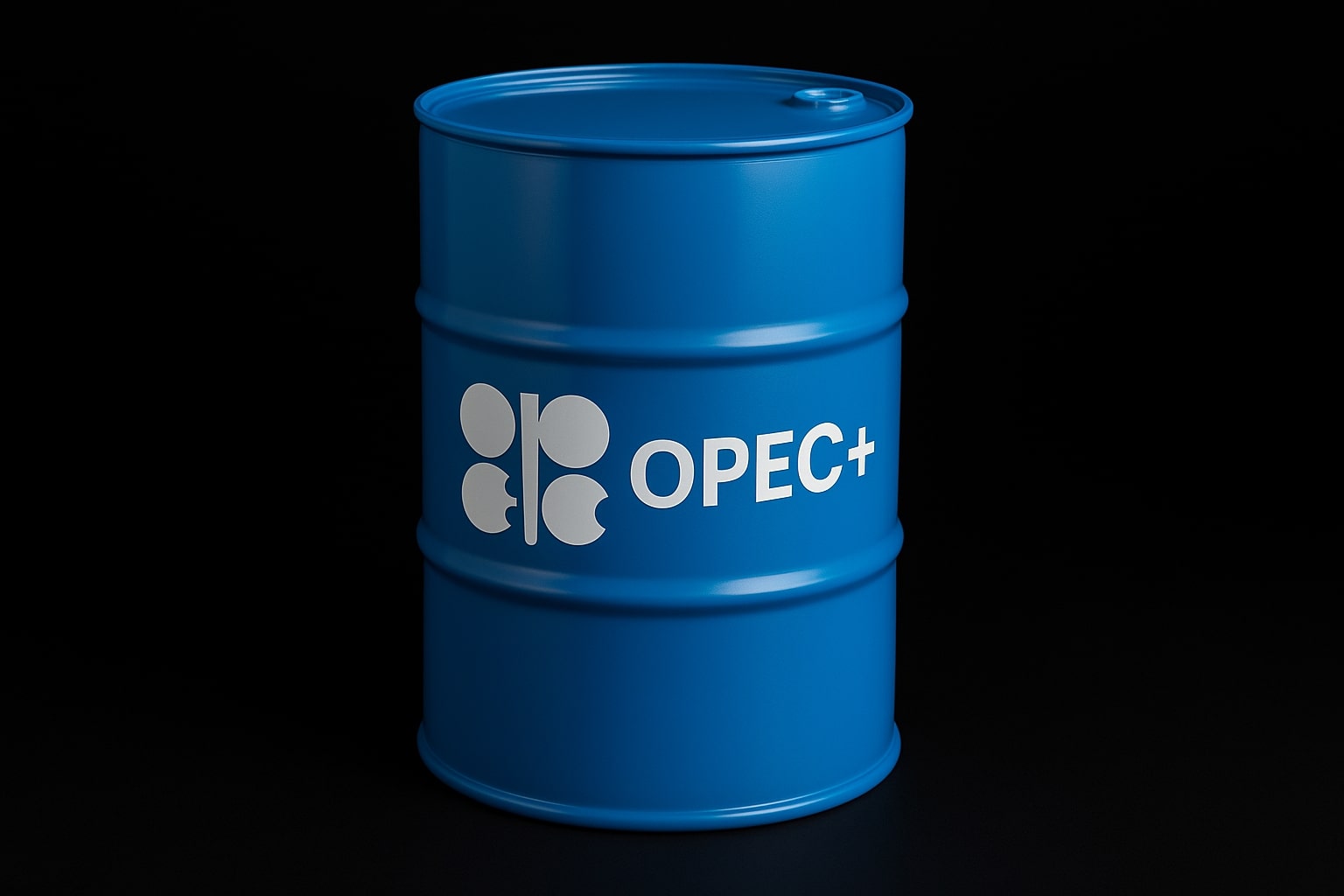WTI and Brent Oil Prices Surge Amid Global Shifts and Geopolitical Tensions
The oil market has entered a volatile phase, driven by a mixture of geopolitical developments, OPEC+ production strategies, and macroeconomic adjustments. West Texas Intermediate (WTI, CL=F) and Brent Crude (BZ=F) have shown notable price movements, reflecting both immediate and long-term shifts in supply and demand.
China’s Monetary Policy Adjustments and Demand Recovery
China's pivot towards a more accommodative monetary policy has sparked optimism in the oil markets. With Brent Crude trading at $72.12 per barrel and WTI at $68.29, prices gained over 1% as Beijing signaled its first "moderately loose" monetary stance since 2010. This policy shift, intended to revitalize a stagnating economy and boost consumption, has the potential to increase China's oil demand. Analysts anticipate that enhanced consumer sentiment, driven by government interventions, could sustain higher import levels, potentially reversing recent demand contractions.
For context, China imported 11.77 million barrels per day in November, marking an increase from October's 10.57 million barrels, a promising indicator of recovery. However, skeptics warn that the lack of specific implementation details leaves room for uncertainty.
Saudi Arabia’s Strategic Price Cuts and OPEC+ Dynamics
Saudi Arabia, the linchpin of OPEC+, has adopted aggressive pricing strategies for January crude deliveries to Asia, slashing the premium on its flagship Arab Light crude from $1.70 to $0.90 per barrel. This marks the lowest premium since January 2021. The move underscores weakening demand from the region, with Asian oil imports averaging 26.58 million barrels per day in 2024, down 310,000 barrels compared to the previous year.
The decision aligns with OPEC+’s strategy to extend production cuts into 2025. While this is designed to stabilize the market, it highlights a cautious outlook, particularly concerning Chinese demand. Analysts note that despite the cuts, Brent futures have declined 12.4% since October, reflecting persistent bearish sentiment in global markets.
Middle Eastern Geopolitical Uncertainty Bolsters Prices
Recent political upheavals in Syria, with the ousting of President Bashar al-Assad, have injected new uncertainty into the Middle East, a key region for oil production. Brent Crude prices climbed to $71.54 per barrel, and WTI rose to $67.63, partly due to fears of potential disruptions. However, market analysts, including Mitsubishi UFJ Research, believe the risk of broader supply chain disruptions remains low. The ongoing instability underscores the fragility of the region’s contribution to the global oil supply chain.
Corporate Shifts and Global Production Adjustments
Amid the evolving market dynamics, Saudi Arabia is not alone in its strategic recalibrations. Kuwait Foreign Petroleum Exploration Company (KUFPEC) is intensifying its exploration efforts in Indonesia's Natuna Sea, a region rich in hydrocarbons but plagued by high CO2 content. Simultaneously, Equinor exited upstream operations in Nigeria and Azerbaijan, redirecting investments to more profitable and strategic regions. These shifts reflect broader trends where major producers are rebalancing portfolios in response to shifting demand and profitability metrics.
Saudi Arabia’s Push to Dominate Asian Markets
Saudi Aramco’s price cuts are also aimed at securing market share against increasing competition from Russian crude and other Brent-linked grades. Data from November shows Saudi oil exports to Asia improved by 500,000 barrels per day, signaling a successful effort to outpace rivals. Russia’s market share in Asia fell to 12.9% in November, down from its 2024 high of 15.8%. These adjustments come as the Brent-Dubai spread narrowed to $1.08 per barrel, the lowest since September, compelling Middle Eastern producers to recalibrate pricing strategies.
Oil Futures and Market Sentiment
The futures market reflects cautious optimism, with Morgan Stanley revising its 2025 Brent price forecast upward. The firm cited OPEC+’s decision to delay production increases as a key factor likely to mitigate anticipated oversupply. However, ING analysts remain cautious, suggesting that even with delayed production, markets could still face headwinds due to demand uncertainties in Asia and Europe.
Long-Term Implications for Energy Markets
While short-term factors like geopolitical tensions and monetary policy shifts dominate headlines, structural changes in global energy consumption are also at play. The transition toward renewable energy, increasing efficiency, and evolving demand patterns in major economies like China and India present challenges and opportunities for crude producers.
The recent moves by Saudi Arabia, OPEC+, and other players indicate a concerted effort to adapt to a rapidly changing landscape. However, with Brent and WTI prices still below pre-pandemic levels, it remains uncertain whether these strategies will be enough to sustain profitability and market share in the face of mounting economic and environmental pressures.
The oil market continues to walk a tightrope between stabilizing prices and maintaining demand, with every policy adjustment, geopolitical shift, and market fluctuation holding the potential to reshape the landscape. The upcoming months will be pivotal in determining whether the balance of supply and demand can sustain a recovery or lead to further volatility.




















